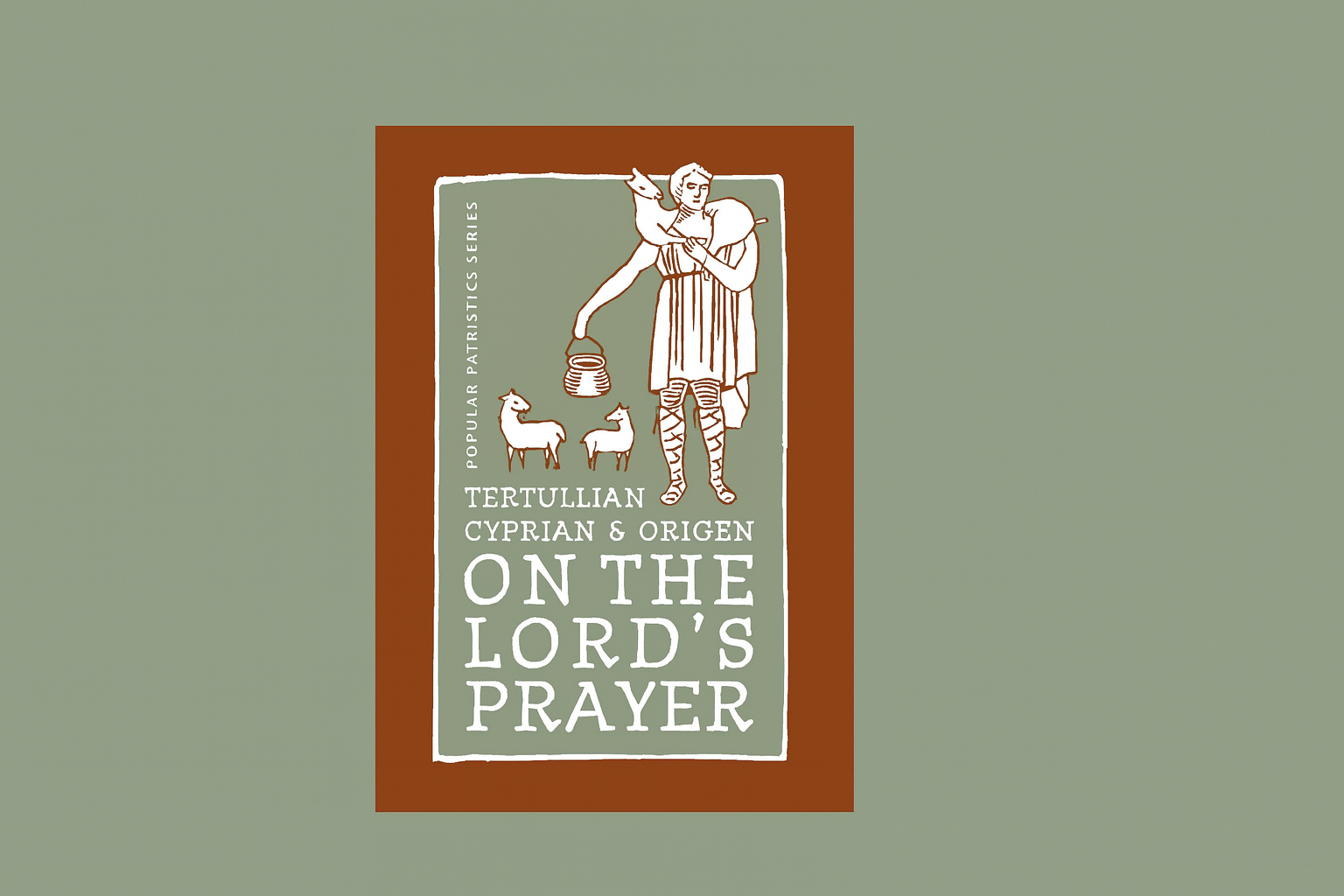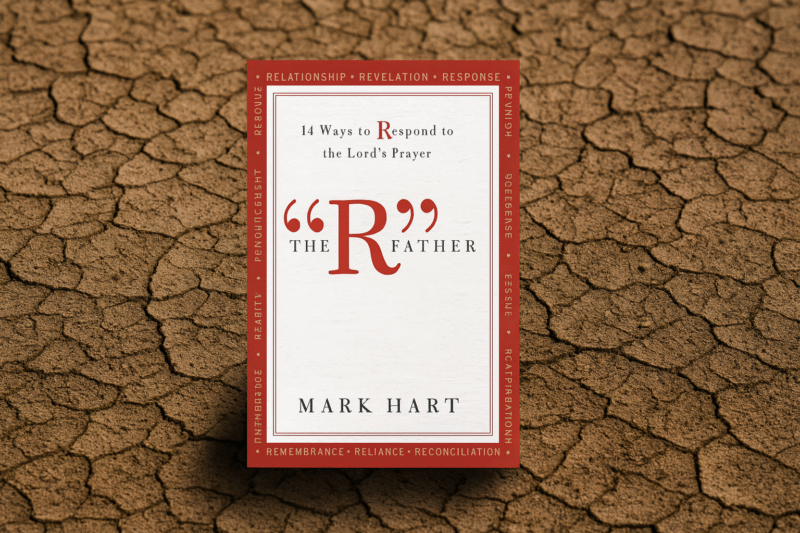
Released in 1996 by Eerdmans, The Lord & His Prayer by N. T. Wright explores the pattern of prayer that Jesus gave us in Matthew 6:9-13. This prayer, for Wright, anchors us in the teachings of Jesus and is “part of his own breath, his own life, his own prayer” (Wright 1996, 2). Even more than that, it was a prayer that was otherworldly, anchoring us in something eternal and bigger. In a world “full of injustice, hunger, malice and evil,” Wright states that Jesus gives us a prayer that “cries out for justice, bread, forgiveness and deliverance” (Wright 1996, 2). In praying this revolutionary and otherworldly prayer, we remember that “for nearly two thousand years, people have prayed this prayer,” and “when you take these words on your lips, you stand on hallowed ground”—praying both with them and on their examples of faith (Wright 1996, 4). This is a historic and hallowed prayer that is meant to “find our priorities quietly turned inside out” (Wright 1996, 6).
The Lord & His Prayer: An Inside Look
In exploring this prayer that turns our priorities inside out, Wright keeps his writing down-to-earth, despite his reputation as a deep thinker, academic, and respected theologian. The book is fairly short, falling just shy of 90 pages. It features a prologue followed by six focal petitions Wright explores in the Lord’s Prayer: Our Father in Heaven, Thy Kingdom Come, Give Us Today, Forgive Us Our Trespasses, Deliver Us From Evil, and The Power and the Glory. Based on a series of sermons Wright preached at Lichfield Cathedral during the 1995 Advent season, it unpacks the petitions and what Wright calls “particular emphases,” showing how this priority-shaking prayer leads us into a greater sense of worship and witness as a church (Wright 1996, 1). It is a prayer that first and foremost “summons us to focus our thoughts on the coming of the Kingdom of God” (Wright 1996, 1).
After ten years of academic study on the historical life of Jesus— including this prayer—Wright wrote The Lord & His Prayer because:
- The Lord’s Prayer should be part of our daily prayer. He suggests readers “take each clause at a time, and, while holding each in turn in the back of your mind, call into the front of your mind the particular things you want to pray for, as it were, under that heading” (Wright 1996, 7).
- The Lord’s Prayer helps the teachings of Jesus become our second nature. He writes, “repeat it slowly, again and again, in the rhythm of your breathing, so that it becomes, as we say, second nature” (Wright 1996, 8).
- The Lord’s Prayer can become an act of alignment that transforms the lens through which we view the world. Wright offers that we might write the clauses of the prayer one by one and make each in turn your “prayer for the day… The ‘prayer of the day’ then becomes the lens through which you see the world” (Wright 1996, 8–9).
About Author N.T. Wright
At the time this book was written, N. T. Wright was not yet the household name or accomplished author he is today. Although he had been publishing since 1991, it was the release of several landmark works in 2005–2006 that truly elevated his notoriety as an author and widely referenced theologian. Wright is now credited with writing more than seventy books and continues to produce new volumes, including his multi-volume New Testament commentary series. In The Lord & His Prayer, he focuses on “the Lord’s Prayer,” which he says “grows directly out of the life and work of the Lord himself” and therefore keeps us rooted in Jesus’ teachings and truths (Wright 1996, 13).
The Why Behind Reading The Lord & His Prayer
As a Doctor of Ministry student at Kairos University, I am studying the theological and practical implications of the Lord’s Prayer. I believe praying this prayer disciples us more deeply in what it means to follow Jesus because it embraces the whole of Jesus’ teaching. Jesus taught us to pray these words in their specific, significant form for a reason, and within them lies everything we need to know about approaching God in prayer. The prayer reminds us who we are and whose we are, realigning us with dependence on the Father. Wright sums it up: in this prayer, “we come for our daily, and heavenly, bread; we come for our daily, and final, forgiveness; we come for our daily, and ultimate, deliverance; we come to celebrate God’s kingdom now, and to pray for it soon. That is what we mean when we call God ‘Father’” (Wright 1996, 21). As a fan of Wright’s insights and theological reflections, I was eager to explore his take on the Lord’s Prayer—and it did not disappoint, offering rich historical, theological, and practical depth.
A Worthy Book To Start With
If you want a book on the Lord’s Prayer that balances both practicality and theology, history and now, then N. T. Wright’s The Lord & His Prayer is an excellent resource to start with. It’s concise, informative, easy to read, and rich in implications and reflection. The focus of Jesus’ prayer mirrors the focus of Jesus’ ministry: the Kingdom of God. As Jesus went about “announcing that the kingdom had arrived, that forgiveness of sins was happening,” He also proclaimed “that God was transforming His people at last into the salt of the earth and the light of the world” (Wright 1996, 54). This prayer reminds us of that proclamation, calls us to the same forgiveness, and transforms us into the salt of the earth. It is a response to Jesus’ invitation into the Kingdom of God: “wherever people responded to His call, He gave them instructions as to how they should live, as the new-Exodus people, the forgiveness-of-sins people”—and that theme is central to this prayer as well (Wright 1996, 54).



